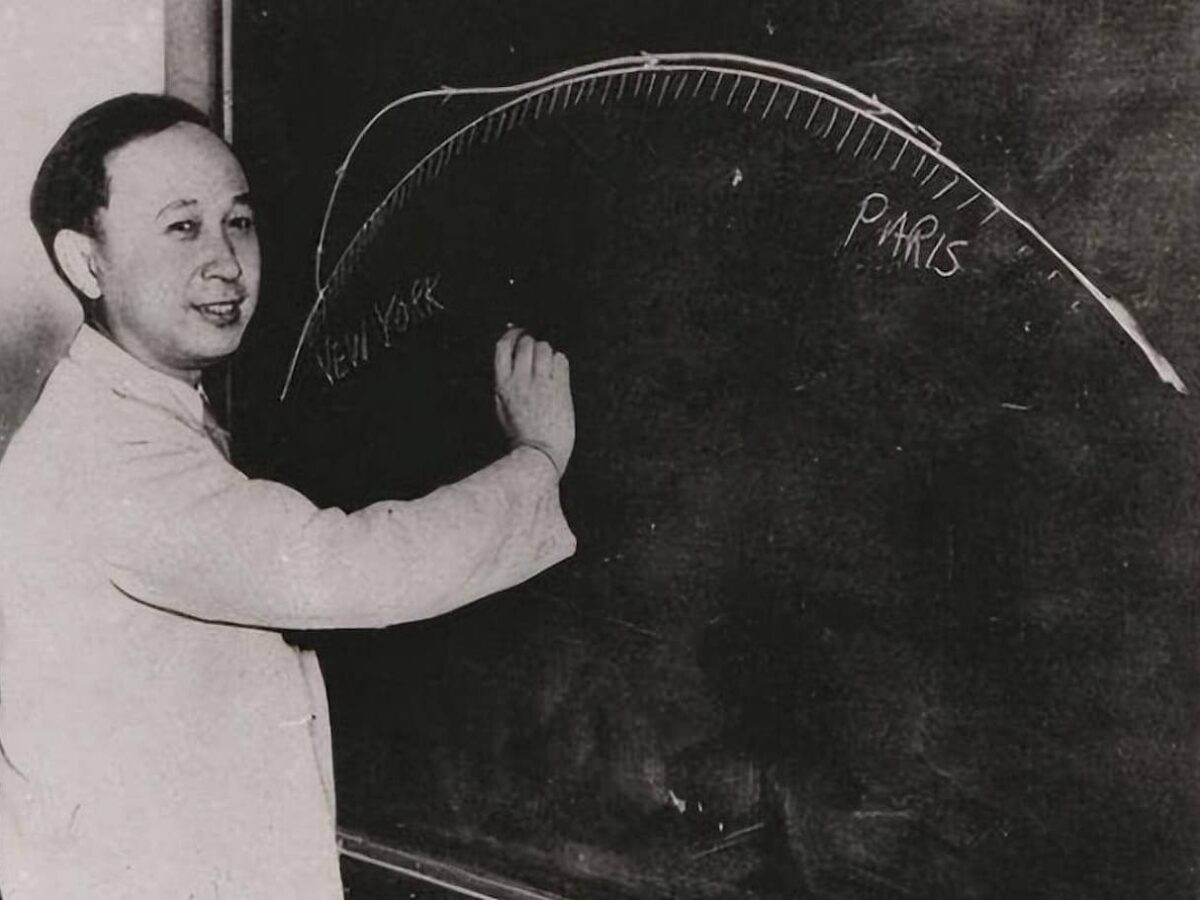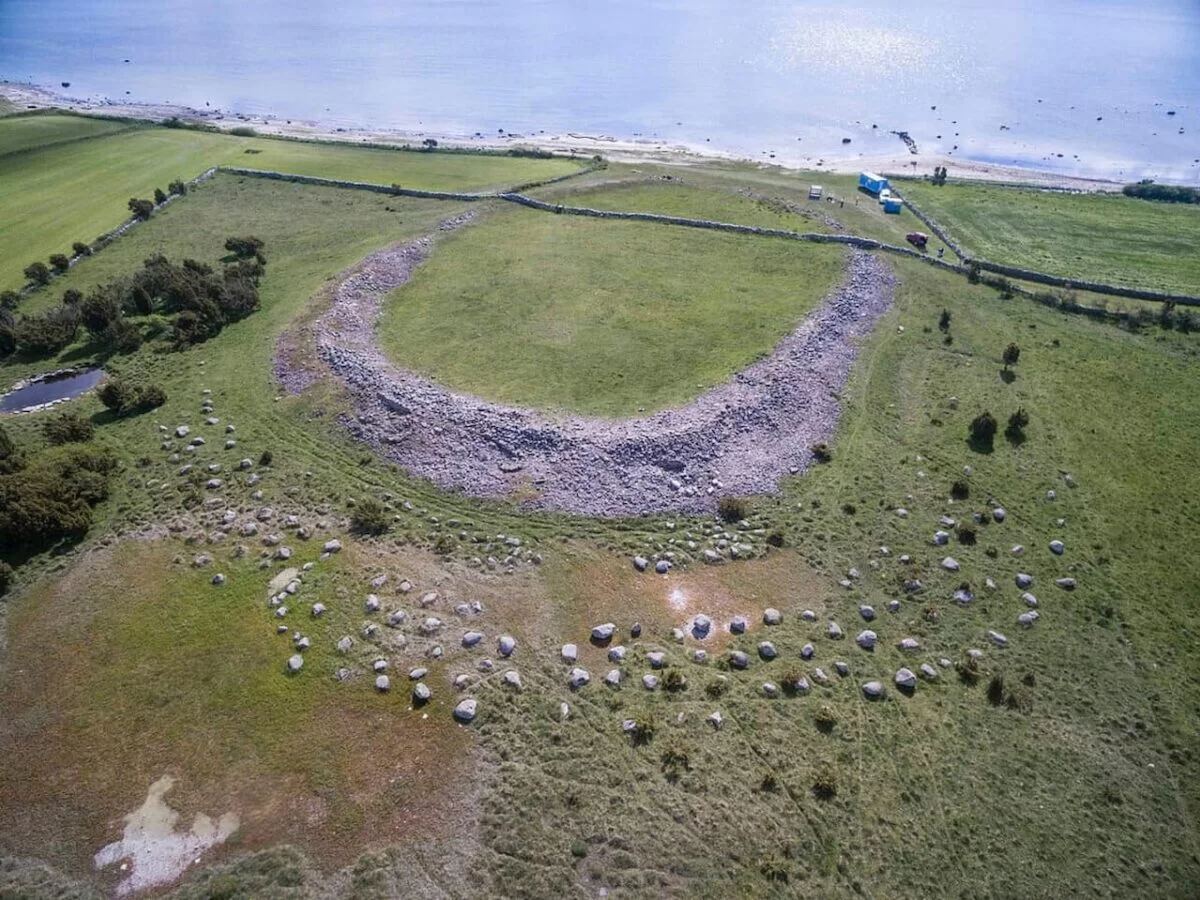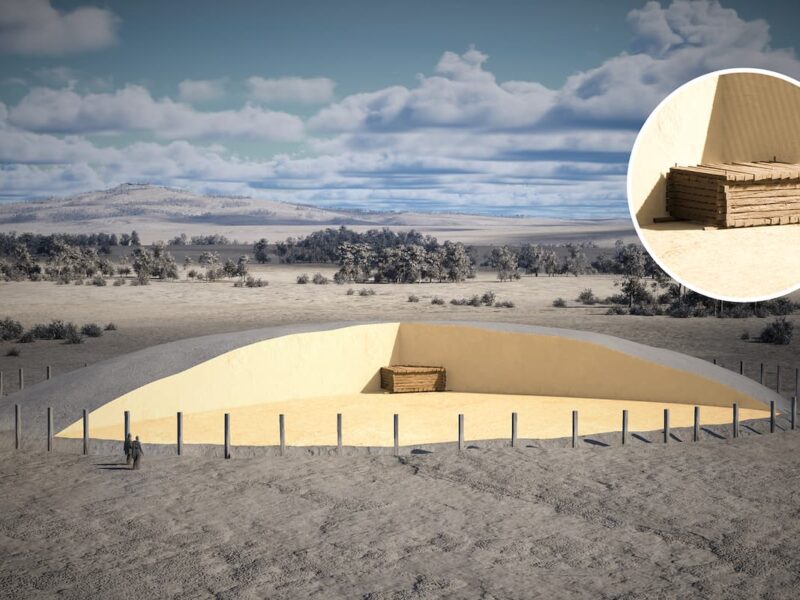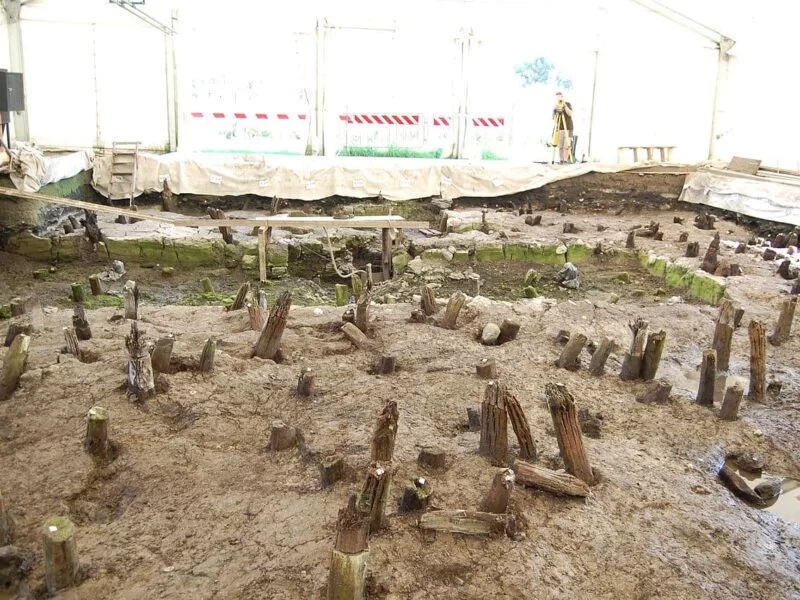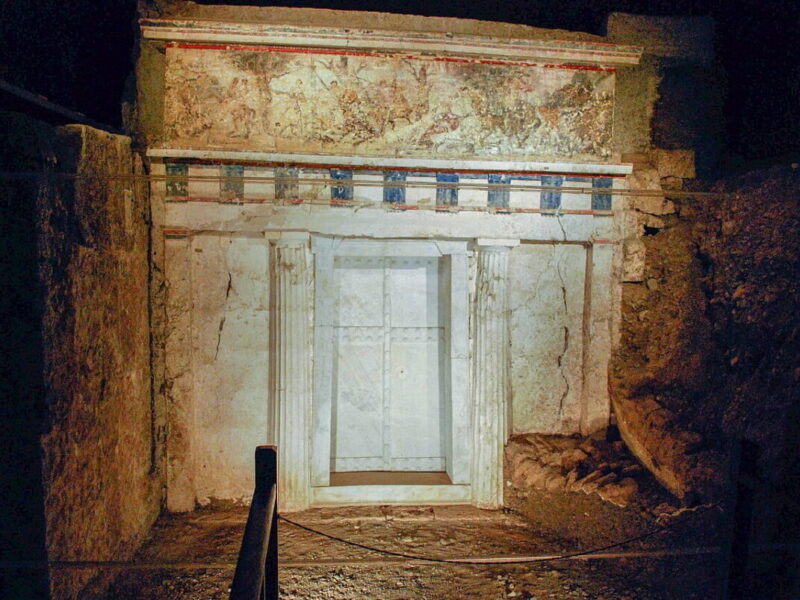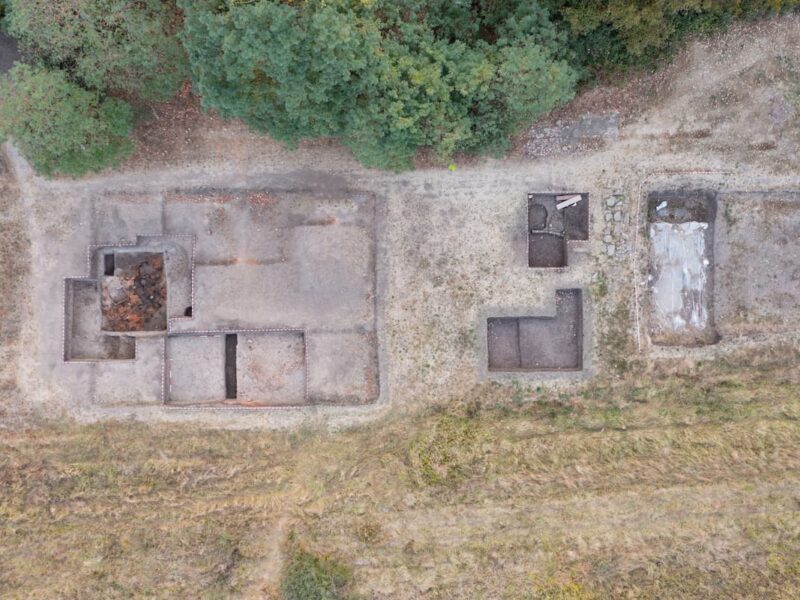We all know what is said to be the oldest profession in the world, but there is probably one preceding it—the military profession, as the use of violence to resolve conflicts has existed since prehistoric times and is even observed in the animal kingdom. This leads us to wonder which battle could be considered the oldest, a question for which there is no possible answer unless we narrow the search to, for example, one for which we have specific details about its development and characteristic elements. In that case, we must choose the Battle of Megiddo, which pitted Egyptians against a Canaanite coalition in the 15th century BCE.
The reason for this choice lies in what was known in antiquity by various similar names, from Nesut-Tawy (“Throne of the Two Lands”) to Ipet-Iset (“The Best of Seats”), through Ipt-Swt (“The Chosen Place”) or Ipet Sut (“The Most Venerated Place”). Today we call it Karnak (some derive it from the Arabic Khurnaq, “Fortified Village”) and it is a small town located north of Luxor, on the east bank of the Nile, where there is a temple complex that is part of the monumental ensemble of Thebes, declared a UNESCO World Heritage Site in 1979.
The most important of these sacred enclosures was that of Amun-Ra, the main center of worship dedicated to that god and a must-visit for tourists in Egypt today, thanks to its colossal hypostyle hall and its extensive (two kilometers) avenue of sphinxes, connecting it to the Luxor Temple.
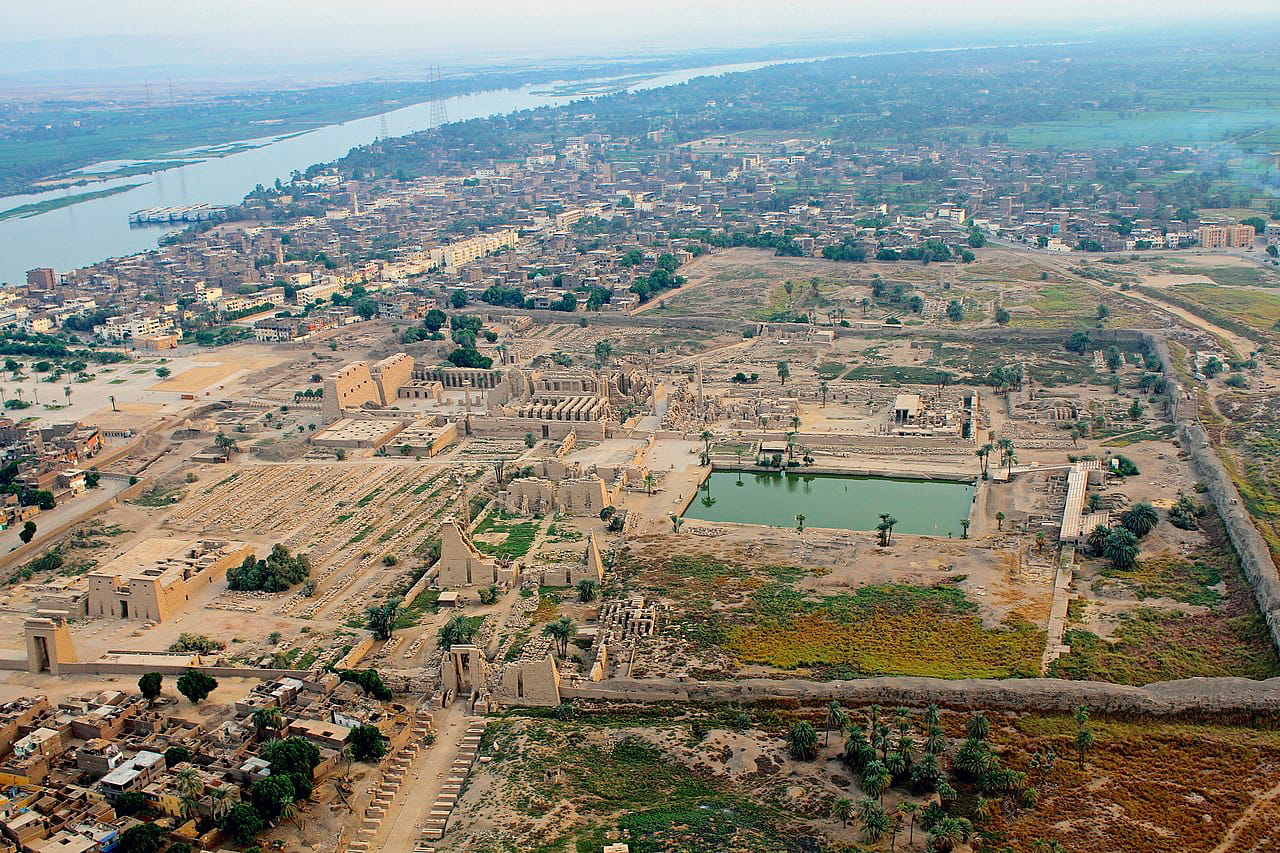
Well, in one of its dependencies, the holy of holies, the inner walls are covered with hieroglyphic inscriptions recounting the Battle of Megiddo in great detail. There are two hundred twenty-five lines, each twenty-five meters long, which have been baptized as the Annals of Thutmose III because they narrate the campaigns of this pharaoh in Syria and Palestine.
The author was the military scribe Tjaneni, who accompanied his lord to that war in the twenty-second year of his reign, tasked with recording the development of the campaign, including details such as the use of the composite bow or the first casualty count in history, and highlighting especially, as was customary, the pharaoh’s performance.
And Tjaneni fulfilled his mission to the letter, praising not only the victory but also the valor and tactical-strategic wisdom of Thutmose, the latter praised by showing him achieving triumph even going against his generals when he disagreed with their calls for caution.

The fact is that Thutmose III, the quintessential warrior king of Egypt, was delighted with his scribe’s account, whose original was kept in the aforementioned Temple of Amun, selecting some passages to depict them on a large scale on the walls of that building. This happened a few years after the war ended. Before that, the pharaoh had to undertake up to fourteen campaigns over two decades; all were victorious, laying the foundations of the Egyptian Empire and the extension of its influence to the Levant, closing the door to other powers aspiring to expand in the region and quelling the rebellions that had arisen.
That instability emerged at the death of Queen Hatshepsut, the fifth of the XVIII Dynasty, the second female sovereign to occupy the Egyptian throne (the first was Neferusobek, of the XII Dynasty, during the Middle Kingdom) and the woman who held power the longest.
The only surviving daughter of the marriage of Thutmose I and his principal wife, Ahmose, she was married to her half-brother Thutmose II, the son of the former (who had him with a secondary wife, Mutnofret), and gave him a sole heir, Neferure.

Thutmose II fathered his successor with another of his wives. Since this heir was still a child when his father died, Hatshepsut married him to Neferure, thus legitimizing herself in a Machiavellian move to take control of the government by assuming regency.
Supported by Hapuseneb, who held the positions of chaty (prime minister) and high priest of Amun, and who declared that the queen was not the daughter of Thutmose I but of the very god of creation (what is called theogamy), Hatshepsut reigned for about twenty-three years, during which the journey to Punt and six military campaigns stand out.
Four of these aimed to pacify Nubia, but the other two were against the tribes of Retenu (the Syro-Palestinian region) that used to harass the Egyptian border. The first must have taken place shortly after her coronation; the second, at the end of her reign, when Thutmose III—now an adult—took the reins, and her power declined. This change occurred around year fifteen or sixteen, with Hapuseneb and other collaborators having died, but, above all, her daughter Neferure, whom she had declared her successor.
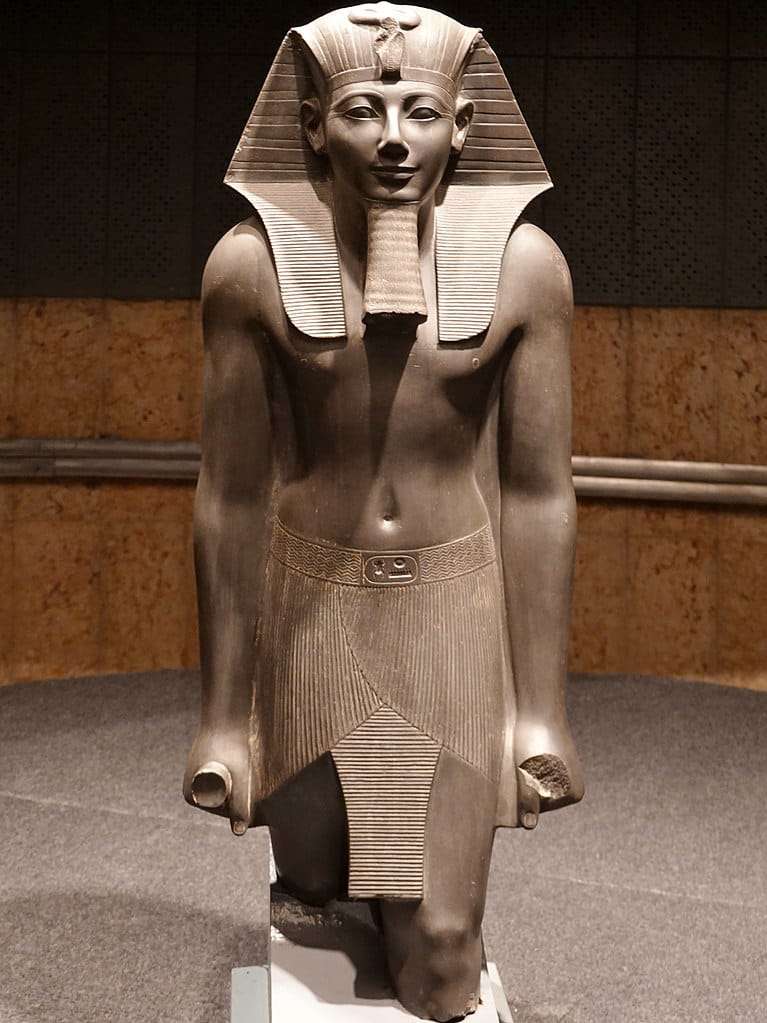
When the queen finally died—whether by natural or violent means is unknown—Thutmose III became pharaoh and ordered a partial damnatio memoriae against his stepmother, more to prevent possible claims to the throne by her relatives than out of revenge, as Egyptologists believe today that while she took care of the domestic affairs, he, being fond of military life, handled external matters. In this context, several peoples of Retenu saw the opportunity to shake off Egyptian rule, uniting in a coalition led by Durusha, the king of Kadesh.
Kadesh was a city in the Canaanite region, located on the banks of the Orontes River in modern-day Syria. It would go down in history, especially for the confrontation between the Hittites under Muwatalli II and the Egyptians under Ramesses II in 1274 BCE—183 years after the events we are discussing here, which occurred in 1457 BCE, demonstrating its strategic importance. Durusha formed an alliance with the neighboring kingdom of Mitanni, stretching from the eastern bank of the Tigris to Aleppo, inhabited by two tribes: the Hurrians and the Amorites.
Megiddo joined them, another important city because its location in the Jezreel Valley (in Israel) allowed it to control the Philistine Route (later renamed the Via Maris or Way of the Sea in the Vulgate Bible), the passage through Philistia that, along with the King’s Highway, constituted one of the major ancient trade routes linking Egypt with Mesopotamia and Anatolia. The stretch that began at the border, continued to Pelusium, and ran along the northern coast of Sinai to Rafah was called the Horus Road and was guarded by a line of fortresses, but then, in Canaan, it lacked effective control.

Upon reaching Megiddo, it split into two branches, a western one (towards Tyre and Sidon) and an eastern one (towards Damascus). Aware of the city’s importance, the allies concentrated their forces precisely there, taking advantage of the fact that, like Kadesh, it was heavily fortified. We do not know how many men they could gather, although it is likely to have been a similar number to that of the enemy: sources say between ten and twenty thousand—closer to the first figure than the second, as is believed today—of which a thousand were in war chariots.
The Egyptian army, led by the pharaoh himself, set out in March 1457 BCE, following the Horus Road. As the column stretched for several kilometers, the fortress of Tharu (Greek Sile) was marked as a meeting point, and from there, they reached Gaza in ten days, taking one day to rest before resuming the march for another eleven days to Yehem.
There were three possibilities there: heading north, south, or through the middle. This third one passed through Aruna (modern Wadi Ara) and was dangerous, traversing a narrow canyon that forced them to go in single file and seemed the perfect place for an ambush. However, this was the one Thutmose III chose, turning a deaf ear to the desperate advice of his commanders.
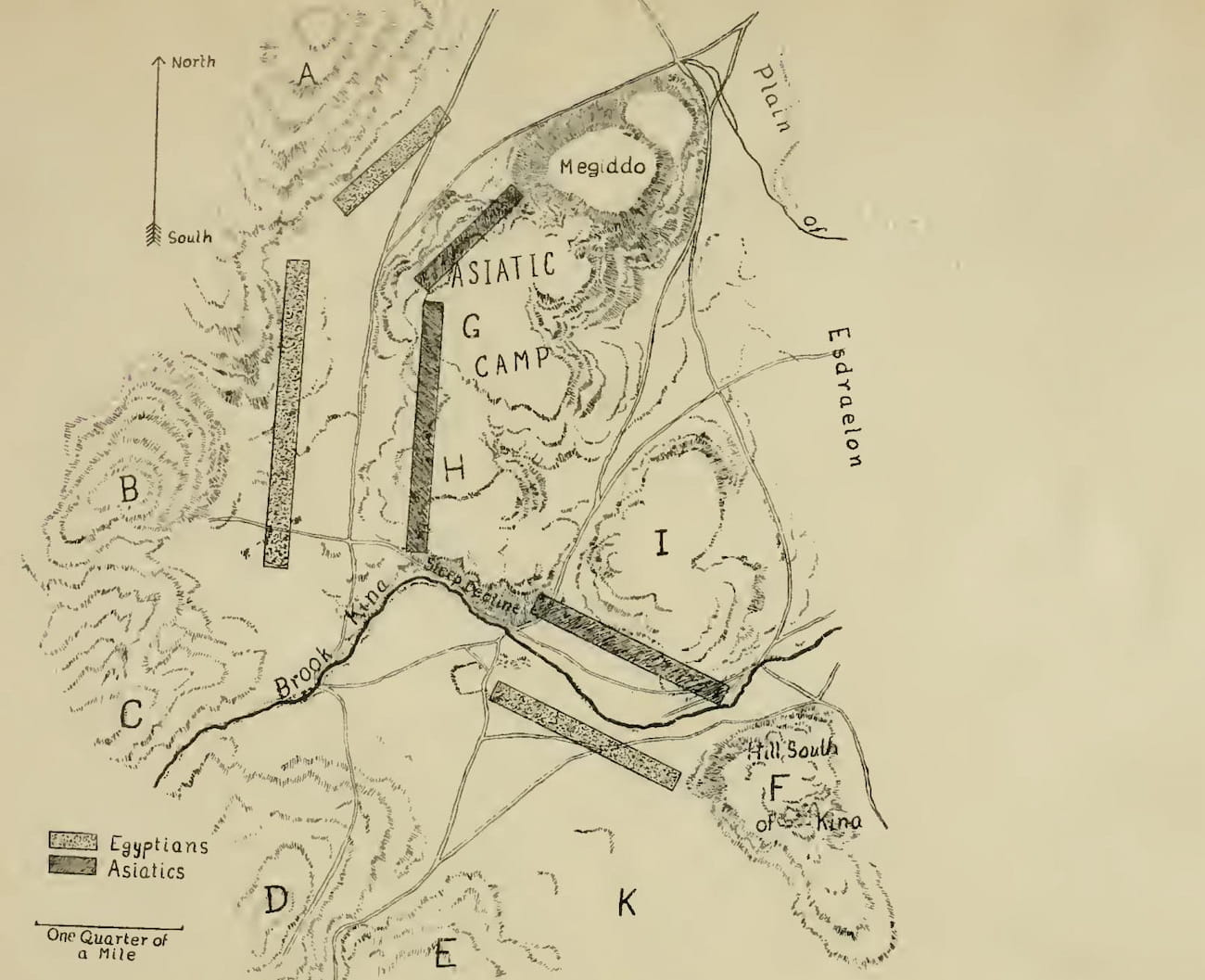
The reason was that it was the shortest route to Megiddo, and besides, Aruna was not well protected and could be easily taken. Indeed, this happened because the enemy thought the Egyptians would take one of the other two routes and deployed the bulk of their troops there.
Thutmose sent scouts who confirmed that the path was clear, and it would be difficult for the enemy to send reinforcements in time due to the rugged terrain. Having brilliantly achieved that coup, he advanced unopposed, camped at the end of the day, and prepared to attack Megiddo the next morning, April 16.
Dursuha had positioned his soldiers on an elevated position near the city. The pharaoh ordered his troops to form a semicircular line that allowed them to assault that height from both flanks while directing the attack from the center. Numerical superiority, along with an effective combination of speed and coordination, led the left wing to break through the enemy defense, causing the entire system to collapse. Defeated so quickly, the Canaanites fled to take refuge behind the walls of Megiddo while the Egyptians wasted time looting their camp, missing the opportunity to crush them in a single blow.

This mistake, the same one that the divisions of Ramesses II would make at Kadesh, allowed the fugitives to regroup with their allies and prepare to withstand a siege. That is how the Annals of the Temple of Karnak express it:
They fled to Megiddo (…) They were hoisted and dragged by their clothes over the city walls because the people had prematurely closed the city gates (…) Ah! If His Majesty’s army had not given its heart to looting, Megiddo would have been taken immediately.
It took Thutmose III seven months to rectify that, completely isolating the city with a moat and a palisade. In the end, deprived of aid and supplies, Megiddo fell, but it came at the cost of losses that could have been avoided, and Dursuha managed to escape. However, the campaign was a success, not only subjugating other rebellious localities (Yenoam, Nuges, Herenkeru…) and restoring Egypt’s dominion over the region but also obtaining a rich booty. The Annals of the Temple of Karnak account for it:
340 living prisoners and 83 hands. 2041 mares, 191 colts, 6 stallions. A chariot worked in gold, its gold staff, from this vile enemy; a beautiful chariot worked in gold from the prince of Megiddo, 892 chariots from his wretched army; in total, 924 chariots. A beautiful bronze armor belonging to the prince of Megiddo, 200 armors from his vile army, 502 bows, 7 wooden staffs from the enemy, worked in silver. In addition, 1,929 heads of large livestock, 2,000 small livestock, 20,500 sheep. To this cowardly enemy [the king of Kadesh] and the Grandees who were with him, they were allowed to come to My Majesty, as well as all their children; they were laden with many gifts of gold and silver, brought all the horses they had in their possession, their chariots of gold and silver… all their weapons… Then My Majesty allowed them to return, and they all went away mounted on donkeys, for I had taken away their horses.
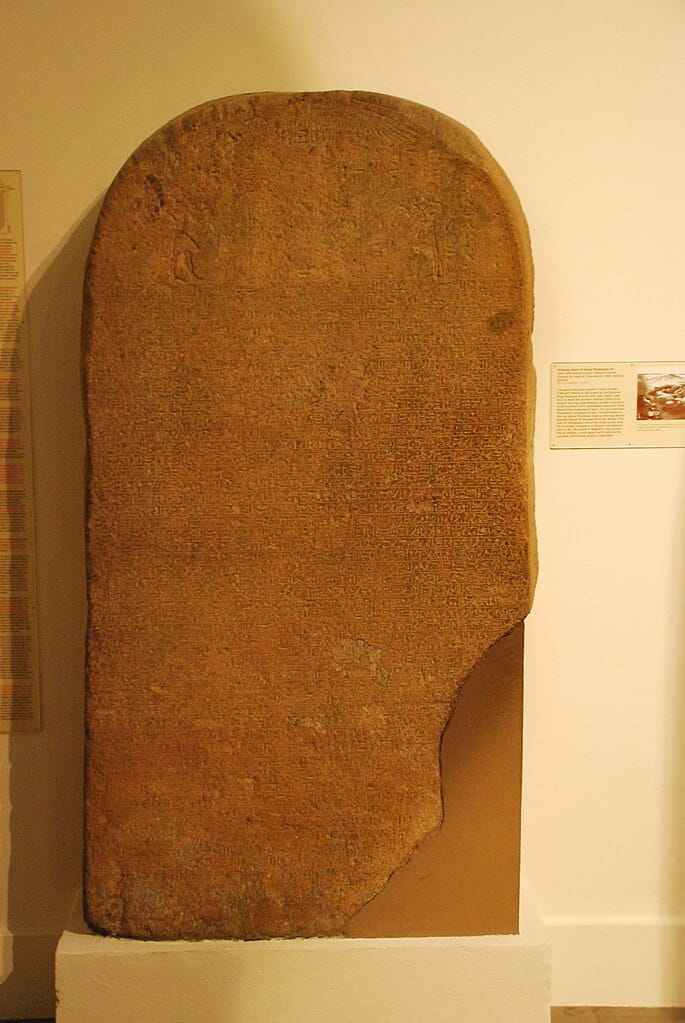
As we said, the kings were allowed to return, even if they had to do so on donkeys because I [Thutmose III] had taken away their horses. In reality, not everyone received authorization to leave. After the defeated monarchs swore allegiance, the women who had belonged to this vile enemy, along with the children and the wives of the chiefs who were with him and all their children, had to accompany the pharaoh back to Egypt as hostages, as was customary in antiquity and continued to be throughout history. There, they received an education from the perspective of the country’s interests and were then returned, allowed to govern in the future as puppet rulers.
The news of such a dazzling triumph (apparently, the word Armageddon derives from the hecatomb suffered by the coalition at Megiddo) reached other borders, so even kingdoms that were not under the pharaonic orbit sent congratulatory presents, such as Cyprus, Hatti, Assyria, and Babylonia.
In fact, the work of the scribe Tjaneni is not the only source preserved for the battle; there are also references—much less detailed, however—in various stelae: the one from Gebel Barkal (sacred mountain of the Sudanese kingdom of Napata), the one from the Temple of Ptah (also located in Karnak), and the one from Armant (the ancient Per-Montu, popularly known as the Heliopolis of the South, a city near Luxor).
This article was first published on our Spanish Edition on January 15, 2024. Puedes leer la versión en español en Megido, la primera batalla de la Historia de la que tenemos un relato detallado, en los Anales del Templo de Karnak
Sources
Carlos Díaz Sánchez, Breve historia de las batallas de la Antigüedad. Egipto-Grecia-Roma | Eric H. Cline, The battles of Armageddon. Megiddo and the Jezreel Valley from the Bronze Age to the Nuclear Age | Graciela N. Gestoso y Malva J. Feldman (trads.), La Estela de Gebel Barkal de Thutmosis III (en Revista de Estudios de Egiptología) | André Geraque Kiffer, Battle Of Megiddo, April 1479 Bc | Donald B. Redford, The Wars in Syria and Palestine of Thutmose III | Wikipedia
Discover more from LBV Magazine English Edition
Subscribe to get the latest posts sent to your email.









